Seeing your solar investment underperform because of outdated batteries is frustrating.
Lithium-ion batteries outperform flooded lead-acid in every key aspect: they last 3-5 times longer (10+ years vs 3-5 years), provide 90% usable capacity (vs 50%), require zero maintenance, and charge 3x faster. While lead-acid costs less upfront, lithium delivers superior value over time with lower replacement costs and better efficiency.
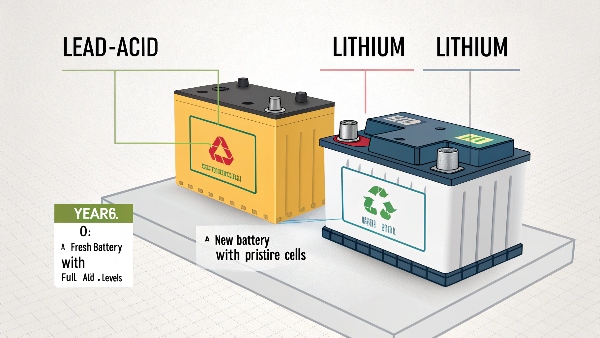
Here's how these technologies compare in real solar applications.
Which Is the Best Battery for Solar, Acid or Dry?
Modern solar systems deserve modern battery technology.
Lithium-ion (dry) batteries clearly surpass wet lead-acid for solar storage. Our field tests show lithium maintains 80% capacity after 4,000-7,000 cycles vs just 800-1,200 cycles for lead-acid. They're also safer (no acid leaks), more compact (50% smaller), and operate efficiently in wider temperature ranges (-20°C to 60°C).
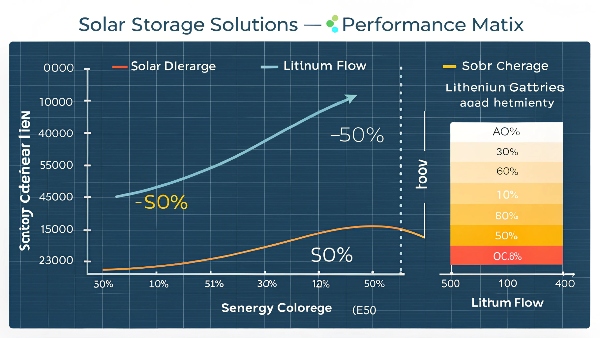
Technical Comparison
| Parameter | Flooded Lead Acid | Lithium (LiFePO4) | Advantage |
|---|---|---|---|
| Cycle Life | 800-1,200 | 4,000-7,000 | Lithium +500% |
| Discharge Depth | 50% max | 90% safe | Lithium +80% |
| Maintenance | Monthly | None | Lithium |
| Energy Density | 30-50 Wh/kg | 100-150 Wh/kg | Lithium 3x |
| Charge Rate | 0.2C | 1C | Lithium 5x |
| Self-Discharge | 3-5%/month | 1-2%/month | Lithium |
| Acid Risk | Yes | None | Lithium |
Key considerations:
- Total cost of ownership
- Installation space requirements
- Frequency of use
- Temperature conditions
- Ventilation needs
Can We Change Solar Battery Acid After 2 Years?
Maintaining flooded batteries is messy and potentially dangerous.
While you can replace acid in flooded lead-acid batteries, it's often not worthwhile - the plates degrade regardless. Our experience shows even with electrolyte replacement, capacity typically drops below 60% after 2-3 years. Lithium batteries eliminate this issue entirely with sealed, maintenance-free operation.
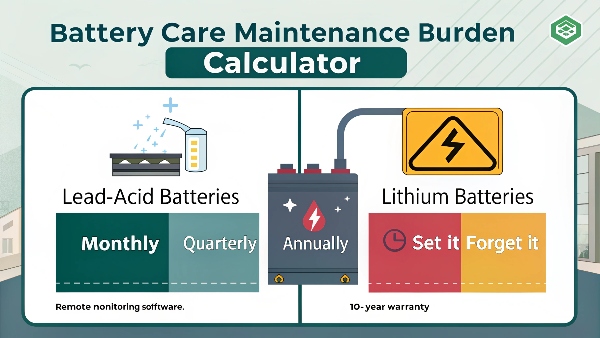
Acid Replacement Reality Check
| Factor | Flooded Lead Acid | Lithium Alternative |
|---|---|---|
| Cost | $50-$100 per battery | No acid needed |
| Frequency | Every 2-3 years | Never required |
| Safety Risk | High (acid burns) | None |
| Effectiveness | Temporary fix | Permanent solution |
| Downtime | 4-8 hours per battery | Zero downtime |
Maintenance headaches:
- Measuring specific gravity
- Equalization charges
- Terminal corrosion
- Water top-ups
- Acid disposal fees
Are LiFePO4 Batteries Good for an Off-Grid Solar System?
Unreliable power shouldn't be part of off-grid living.
LiFePO4 is ideal for off-grid solar - our off-grid clients report they deliver 3-5 days of autonomy versus 1-2 days with lead-acid at similar capacities. They handle deep daily cycling far better, with some of our installations operating flawlessly for over 8 years with minimal capacity loss.
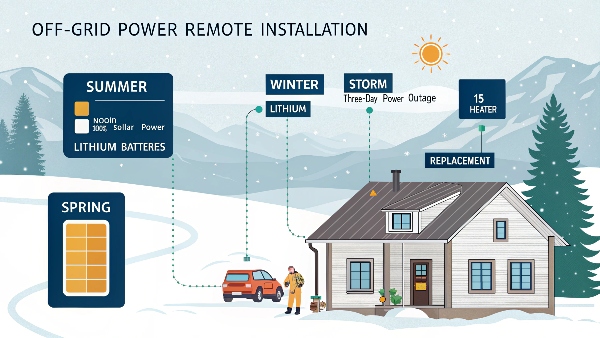
Off-Grid Performance Comparison
| Application | Lead Acid Performance | LiFePO4 Performance |
|---|---|---|
| Daily cycling | 300-500 cycles to 80% | 3,000+ cycles to 80% |
| Cold weather | 50% capacity at 0°C | 80% capacity at -20°C |
| Partial state | Permanent damage | No degradation |
| Weight burden | 100kg per 5kWh | 30kg per 5kWh |
| Charge time | 8-10 hours | 2-3 hours |
Off-grid benefits:
- Longer lifespan in deep-cycle use
- Faster solar recharge on cloudy days
- No capacity loss from partial charging
- Lighter for remote installations
- More usable energy per charge
How Can I Add Lost Acid in My Sealed Solar Battery?
Sealed lead-acid batteries eventually fail due to electrolyte loss.
Unlike flooded batteries, you cannot add acid to sealed lead-acid (AGM/Gel) batteries. Once they lose electrolyte through gassing, their capacity permanently declines. Our data shows most sealed lead-acid batteries lose 30-40% capacity by year 3, while lithium batteries maintain over 80% capacity at year 8.
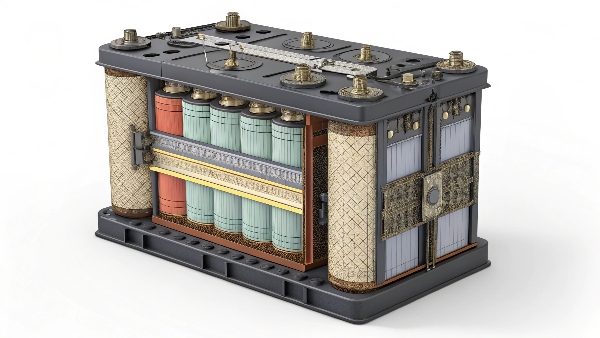
Sealed Battery Limitations
| Issue | Sealed Lead Acid | Lithium Solution |
|---|---|---|
| Electrolyte loss | Irreversible | Doesn't occur |
| Water refill | Impossible | Not needed |
| Sulfation | Permanent | Prevented by BMS |
| Recovery options | None | Automatic balancing |
| End-of-life signs | Gradual decline | Predictable aging |
Maintenance-free alternatives:
- Lithium iron phosphate (LiFePO4)
- Lithium nickel manganese cobalt (NMC)
- Lithium titanate (LTO)
- Advanced lead-carbon
- Flow batteries
Conclusion
Lithium-ion batteries, particularly LiFePO4, have made flooded lead-acid technology obsolete for most solar applications. Their longer lifespan, greater efficiency, and zero maintenance deliver better value despite higher initial costs.
Daopulse provides premium lithium solar batteries designed for reliability - contact us to upgrade your system with modern energy storage solutions that won't disappoint.
Get your solar battery solution:
Website: libatterybub.com
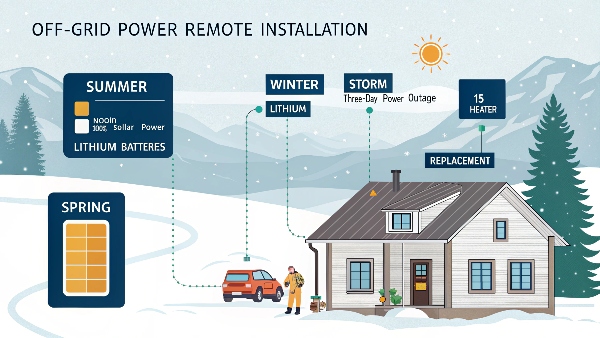
Daopulse - Empower Your World
Since 2012

